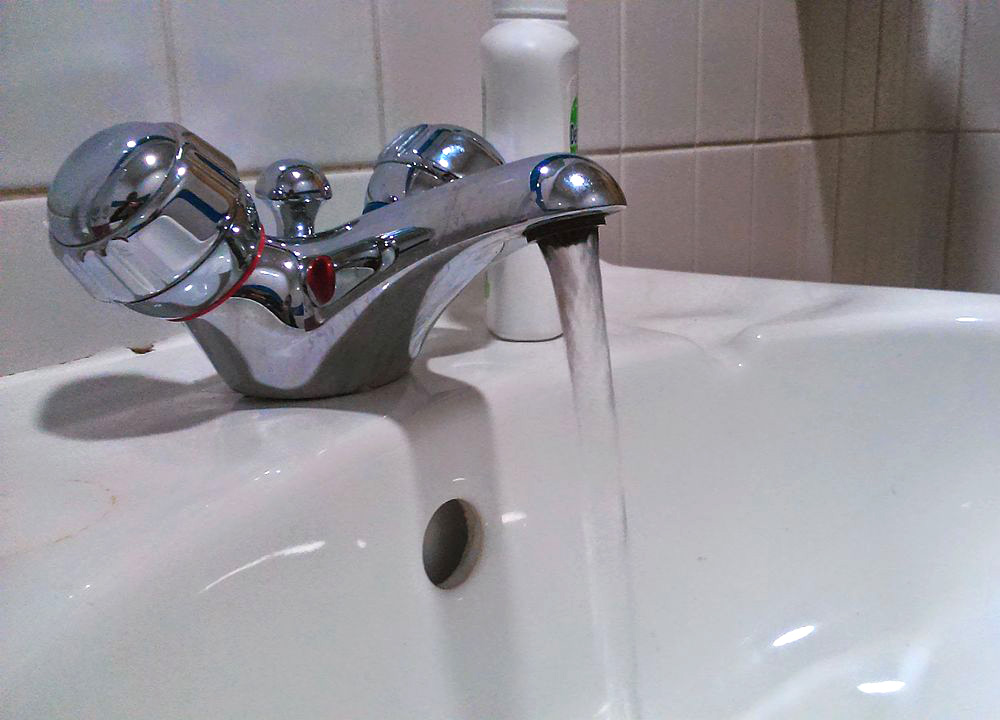
By Becky Schuerman, Extension Domestic Water/Wastewater Associate
There are naturally occurring elements and minerals within Nebraska geology, and with that, it is not uncommon to find them in Nebraska’s groundwater. This month the spotlight series will continue with Arsenic.
ARSENIC
Arsenic is a naturally occurring element and varying amounts are present in some of Nebraska’s groundwater sources. When water, the universal solvent, passes through arsenic containing soil and rock formations, it can cause the arsenic it comes in contact with to dissolve. Arsenic is colorless, odorless and tasteless and the only way it can be detected in drinking water is through submitting a sample for laboratory testing.
HEALTH EFFECTS
Exposure to arsenic can be a health hazard and potentially cause adverse acute- or chronic-health effects. Acute-health effects can result when water containing high concentrations of arsenic — over 60,000 micrograms per liter (μg/L) or parts per billion (ppb) is consumed over a short period of time. High concentrations are most often due to industrial processes or from an unregulated waste disposal site. Chronic health effects will result after continuous consumption of moderate to low arsenic-contaminated water for a long period of time (typically 5 years or longer). The chronic health effects associated with long-term ingestion of arsenic above the 10 μg/L or ppb Maximum Contaminant Level (MCL) set forth by the Environmental Protection Agency (EPA) can increase the risk of bladder, kidney, liver, lung, prostate and skin cancer. Noncancerous health effects from ingesting arsenic include cardiovascular, endocrine problems such as diabetes, immunological, neurological and pulmonary effects.
As with many other contaminant health effects, the severity of the health impacts is dependent upon multiple variables including: how much arsenic does the water contain, how much water has been consumed, how long has a person been exposed to the water and the individual’s age, genetics, metabolism and overall health. If arsenic levels exceed the MCL, a treatment system should be installed.
TREATMENT
A Point of Use (POU) drinking water treatment system such as reverse osmosis, distillation, special adsorbent media and (anion) ion exchange are documented to remove arsenic, as well as a variety of other drinking water contaminants. Most often, a tap for a POU system is placed where water is most often used for drinking and cooking needs. Filtration devices such as pour-through, POU-activated carbon filters or faucet-mounted filtration devices are not documented to effectively remove arsenic from drinking water. The chemistry of arsenic makes removal complicated. It is highly recommended to work with a reputable water quality treatment company to determine what the best and most effective treatment option will be for your situation.
According to the City of Lincoln’s 2020 Annual Water Quality Report, Lincoln’s drinking water arsenic results range from 6.13–6.35 μg/L or ppb. Throughout the four community water systems in Lancaster County, the arsenic results range from 1.42–6.35 μg/L or ppb. Results for private wells are not known as they are not made public. If you own a private well, it is recommended to check with your local NRD and/or health department to see if there are any other contaminants of concern in your area that should be tested for beyond the recommended nitrate and total coliform bacteria.
FOR MORE INFORMATION
To read more about arsenic and other drinking water topics, see Nebraska Extension’s NebGuides at https://water.unl.edu/article/drinking-water/nebguides.